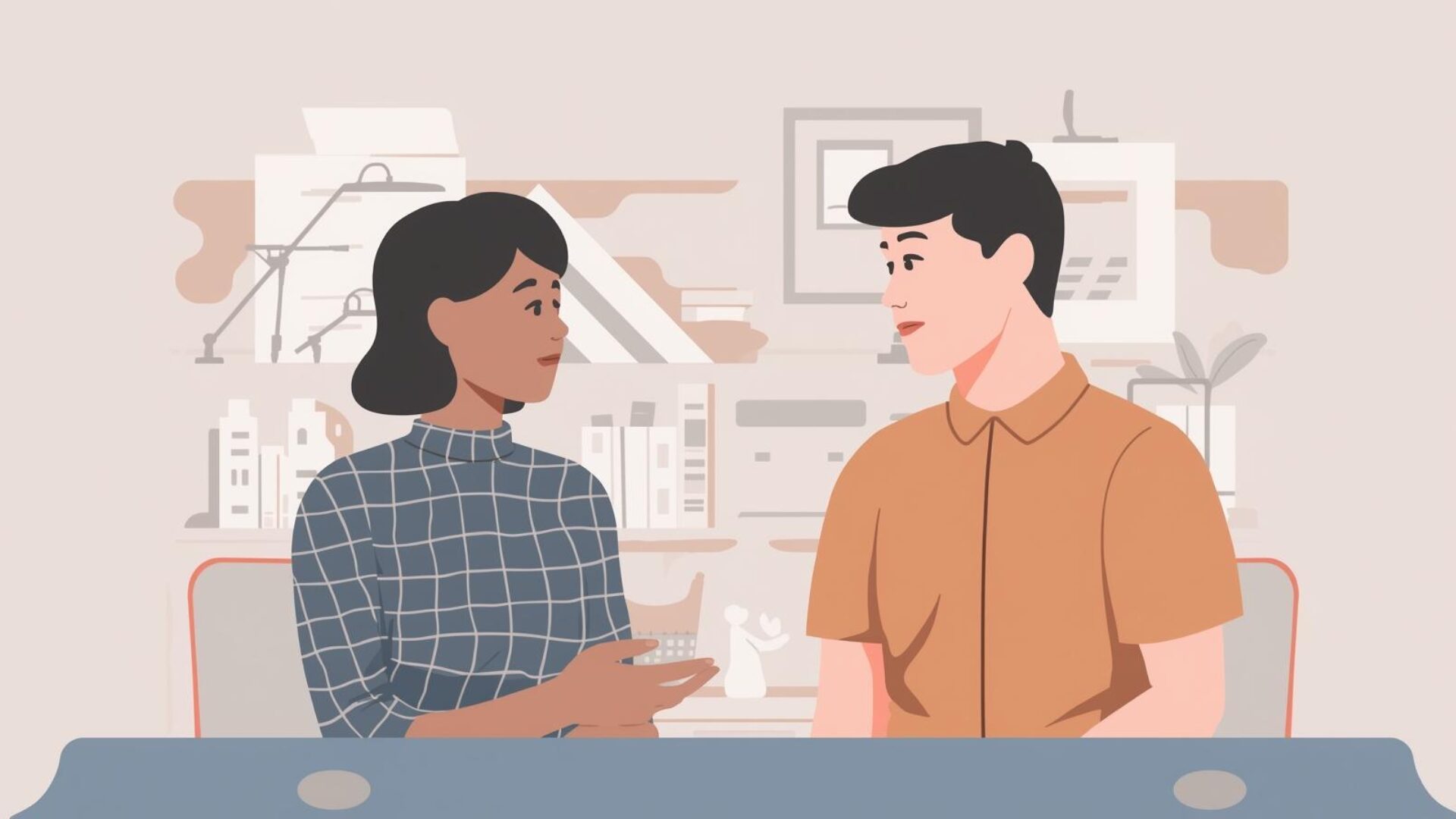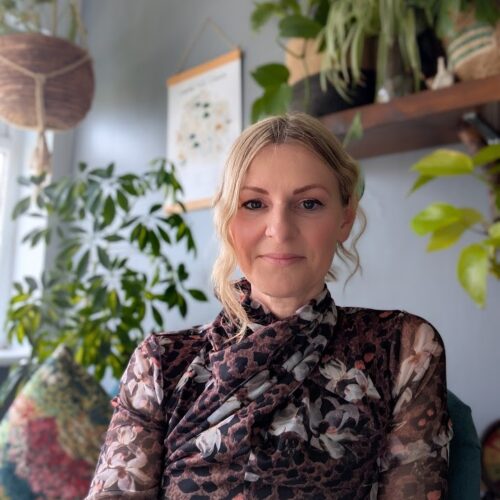By Vikki Sherouse, Person-centred Counsellor/Psychotherapist
My name is Vikki, and I am an autistic therapist. I sought my diagnosis at the age of forty, and discovering this part of myself has shaped how I understand and approach the world. It informs my commitment to creating therapy spaces that are flexible, understanding, and neuro-affirming.
Navigating Relationships as an Autistic Person
Autistic people often experience relationships and communication differently from neurotypical people. How we connect, express ourselves, and process social interaction may not always align with societal expectations shaped around neurotypical norms.
This does not mean autistic people are less social, capable, or connected. As Hammond [1] puts it, “We are not asocial, we just socialise differently.” For me, this captures something simple but often missed: autistic experience is a difference, especially in how we relate to others.
The Double Empathy Problem
Damian Milton’s [2] concept of the “double empathy problem” illustrates this difference well. Rather than locating social difficulty solely within autistic people, Milton explains that miscommunication between autistic and non-autistic people is mutual. Yet the burden of adaptation is often disproportionately placed on autistic people.
Learning about this concept was a light-bulb moment in my journey toward self-acceptance. While understanding that miscommunication is mutual is validating, it doesn’t instantly make interactions easier or less exhausting. For much of my life, I carried social struggles as a reflection of my own flaws, believing I was always the problem and had to try harder to be like everyone else.
Understanding the double empathy problem didn’t change my self-view overnight, but it began to shift the narrative. It gave me permission to see communication as a two-way process, rather than something I was always “getting wrong.”
Exploring Possibilities in Relationships
This awareness sparked curiosity about what kinds of relationships feel authentic and supportive. I noticed patterns shaping my experience: becoming overstimulated in long conversations or larger groups, and one-to-one interactions sometimes feeling intense or stressful.
Observing these differences formed a small but significant part of helping me understand myself better and develop self-compassion. I began to attend to cues of overstimulation rather than forcing myself to endure, which had often come at a heavy cost, leaving me exhausted, vulnerable to meltdowns, or needing long periods of withdrawal to recover.
While understanding my own social patterns has been helpful, relational difficulties can be deeply complex. Intense loneliness, chronic isolation, masking, and pervasive misunderstanding are experienced by many autistic people and can have profound consequences for mental health. Loneliness is not only about the absence of others but about the absence of belonging, recognition, and acceptance [3].
Understanding Masking
Learning about “masking” was also pivotal and originally led me to seek a diagnosis. Masking involves consciously or unconsciously suppressing some natural traits and imitating neurotypical behaviours to fit in socially.
My first reaction was, “I do that all the time; it’s just what everyone does,” but I realised autistic masking is more sustained and demanding. It often involves hiding natural behaviours like stimming and monitoring neurotypical cues continuously.
This can come at a profound personal cost, contributing to exhaustion, anxiety, depression, and disconnection from one’s authentic self [4].
For me, understanding masking helped make sense of why social life often felt so draining and precarious. It allowed me to reconnect with behaviours I had long suppressed but recognised as healthy and natural ways of self-regulating. It also helped me establish clearer boundaries and begin to discover a greater sense of my authentic self.
Building a Positive Autistic Identity
Every autistic person’s journey is different, and the ways we process information and make sense of our experiences are unique. For many, autism is one part of a broader, rich sense of self rather than the defining feature.
Some people may find understanding their own autism central to how they navigate the world, while others may focus on other aspects of life and identity. Research indicates that developing a positive autism identity can enhance psychological well-being and reduce social anxiety [5]. This highlights the value of self-acceptance and community connection in fostering a fulfilling life.
Shaping Therapy Around Autistic Experience
Therapy is a form of relationship, grounded in communication and mutual understanding. A neuro-affirming approach recognises that there is no single “right” way to engage. Instead, therapy is shaped around each person’s individual ways of processing and expressing themselves, developed collaboratively with the therapist.
For some autistic people, this might include valuing structure, using clear and concrete questions, checking understanding, or allowing special interests to surface naturally as a way of communicating or inviting others into their world. For others, a more flexible, open-ended approach may feel supportive [6].
Emotional experience can also differ from neurotypical patterns, both in how and when emotions are registered, processed, and communicated [7]. Therapy can support this by meeting clients where they are; for example, exploring thoughts and patterns first, using visual or creative aids to help process emotions, or gradually tuning into bodily and emotional cues at a comfortable pace [6].
This approach respects each person’s existing emotional experience while creating space for reflection and self-understanding in ways that feel authentic and supportive of a positive autistic identity.
Therapy is not about changing who you are but about shaping a therapeutic relationship that works alongside you. It is about supporting growth, connection, and self-acceptance on your own terms.


